Cities
Explore America’s Best Towns For Van Life And Tiny Home Living
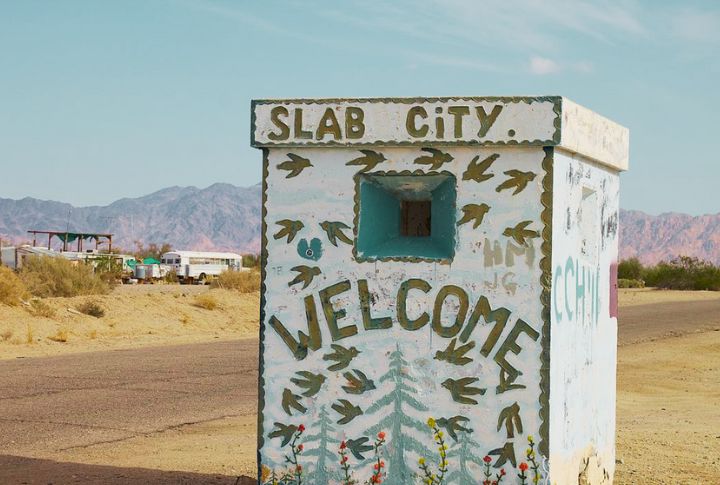
Freedom looks different across the country—and for some, it means going small and mobile. In towns where creativity meets practicality, van lifers and tiny home residents find welcoming spaces and resourceful communities. These destinations support off-grid living and scenic surroundings. So, keep reading to explore the ten standout locations that offer the ideal blend of mobility, nature, and connection.
California: Slab City

In the California desert, the Slab City community thrives without electricity or running water. Residents create a self-governed, creative space known for DIY art and radical independence. Parking is free, and living off the grid is the norm. Visitors call it “the last free place in America.”
Arizona: Flagstaff
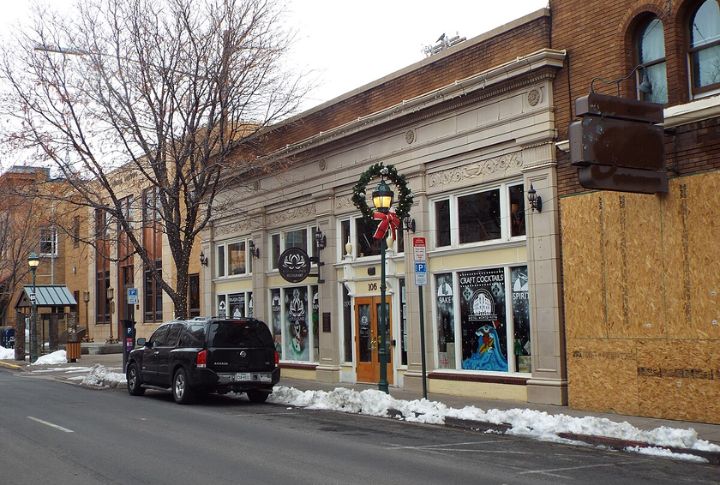
Imagine waking up beneath towering pine trees, with a shift at the Arizona Snowbowl or a nearby cafe just a short drive away. That’s everyday life in Flagstaff’s national forests, like the Coconino National Forest, where legal dispersed camping is allowed. It’s an ideal setup for van dwellers—offering a chance to stay close to nature while earning seasonal income in a community that embraces the outdoors.
New Mexico: Taos
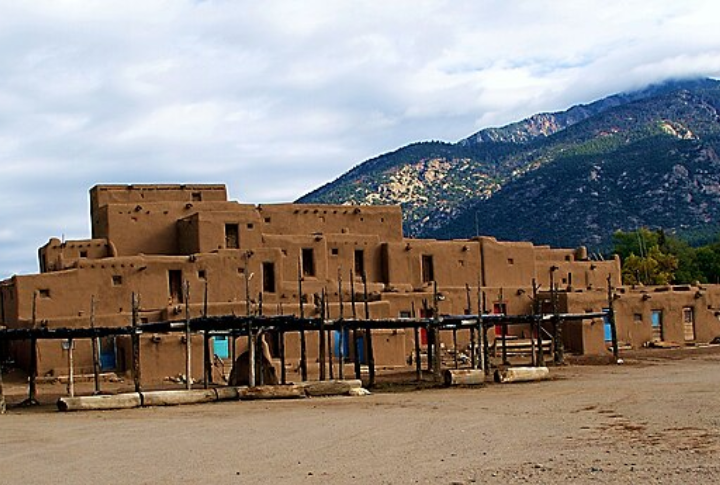
Homes built from recycled materials use passive solar heating and rainwater catchment systems in Taos. The Earthship community pioneers off-grid living through environmentally smart design. Visitors and residents experience sustainable housing that reduces utility bills and dependence on external power sources.
Arizona: Quartzsite
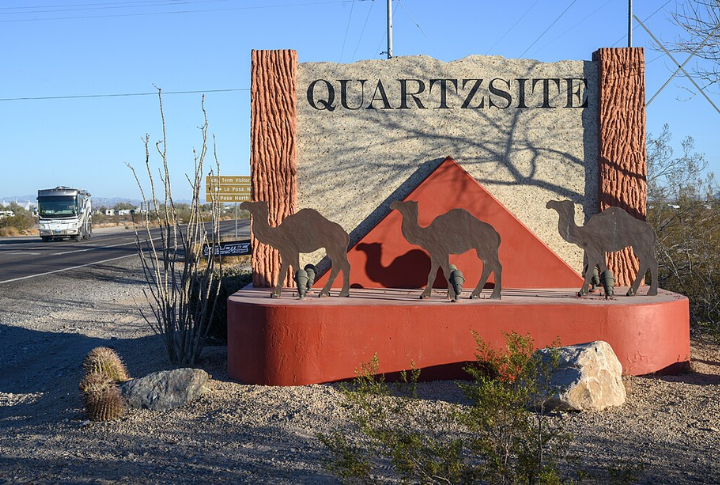
Thousands gather every winter near Quartzsite for workshops and social events, including the well-known Rubber Tramp Rendezvous and the Xscapers Annual Bash. These gatherings connect van lifers with valuable resources on boondocking, solar setups, and vehicle maintenance. The events boost the local economy while building a strong community spirit.
Virginia: Blue Ridge Haven
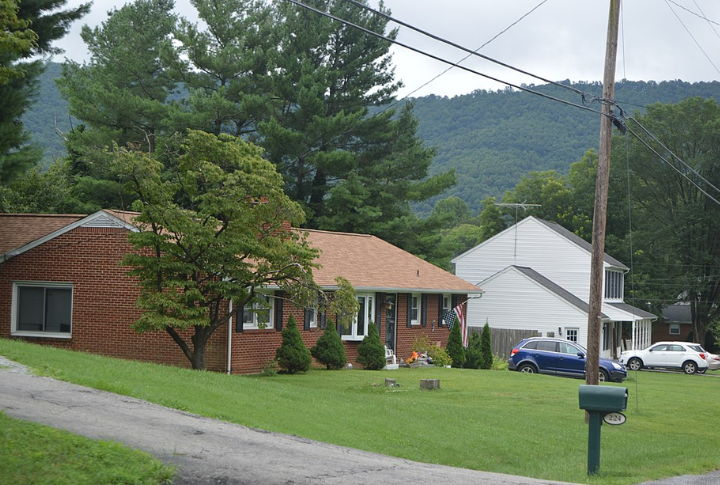
The Blue Ridge region offers a thriving community for van lifers and tiny home residents. The area offers access to scenic trails, including Humpback Rocks and White Rock Falls, both of which feature panoramic overlooks and stunning waterfall views. Residents enjoy amenities such as communal fire pits and proximity to Roanoke’s vibrant arts scene.
Washington: Bellingham
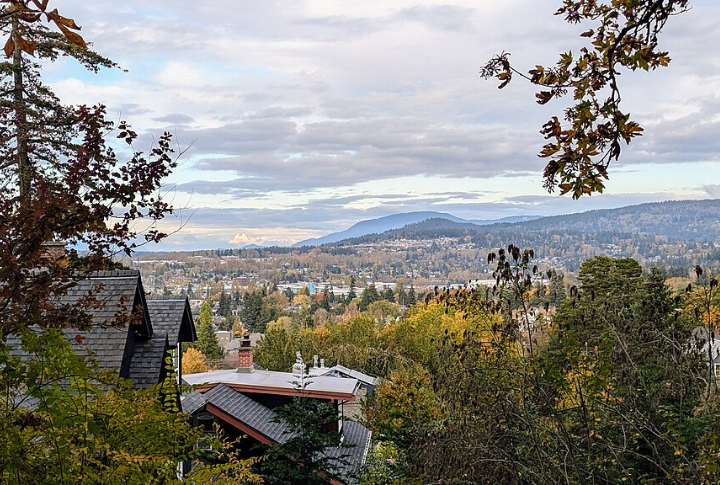
Here, homeowners can legally add tiny homes to their properties, expanding affordable housing options. Bellingham’s policies promote sustainability and urban density without sacrificing neighborhood character. Plus, residents benefit from combining tiny house living with access to city amenities and coastal areas like Squalicum Beach.
Tennessee: Chattanooga
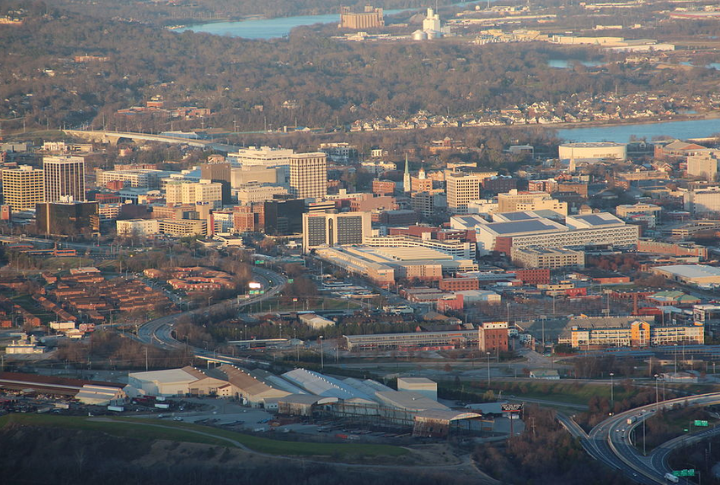
Reliable high-speed internet and coworking spaces at the Society of Work make Chattanooga an appealing option for many. Their planned tiny home neighborhoods include Live a Little Chatt and Wauhatchie Woodlands. This balance appeals to tech-savvy individuals seeking a small-scale lifestyle with modern conveniences.
Oregon: Bend
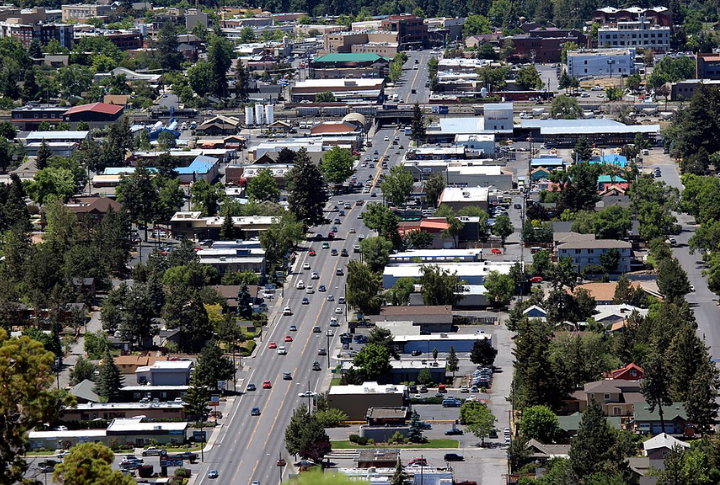
Van dwellers choose Bend for the easy access to hiking, biking, and fishing trails. Seasonal work in Mount Bachelor Resort or Sun Country Tours helps support this lifestyle. The city blends rugged outdoor culture with local businesses eager to welcome mobile workers who value nature and flexibility.
Wisconsin: Driftwood Commons
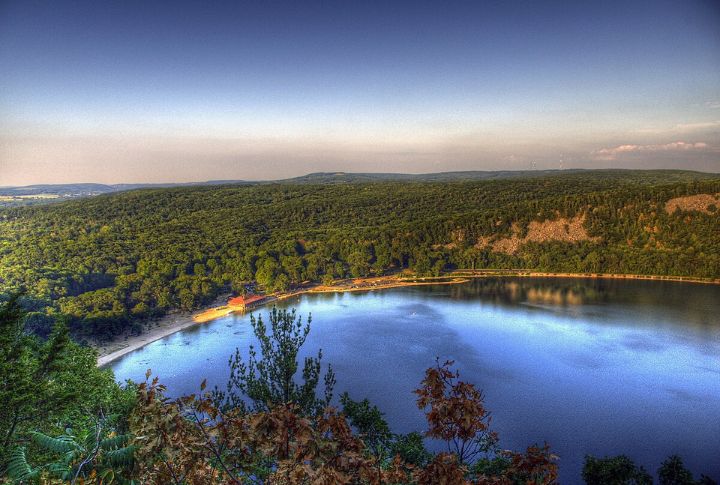
Van lifers and tiny home residents enjoy access to the Ice Age Trail, a 1,000-mile scenic route winding through Wisconsin’s glacial landscapes. The community has access to shared workspaces and kayak rentals for exploring nearby waterways. Residents can also hike Devil’s Lake State Park, known for its dramatic quartzite bluffs.
Georgia: Acworth
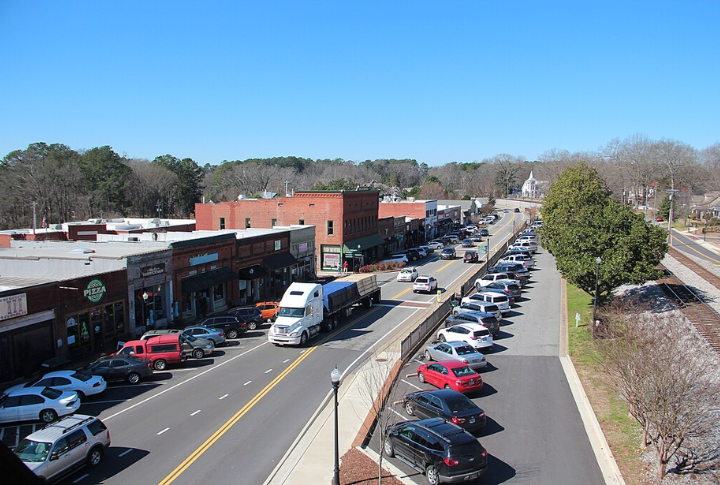
Established years ago, Acworth’s tiny home community offers legal, structured living with established rules and support networks. The Cottages on Vaughan, Georgia’s first tiny home community, demonstrates that tiny homes can be effectively integrated into traditional neighborhoods, offering stability and a sense of community.

